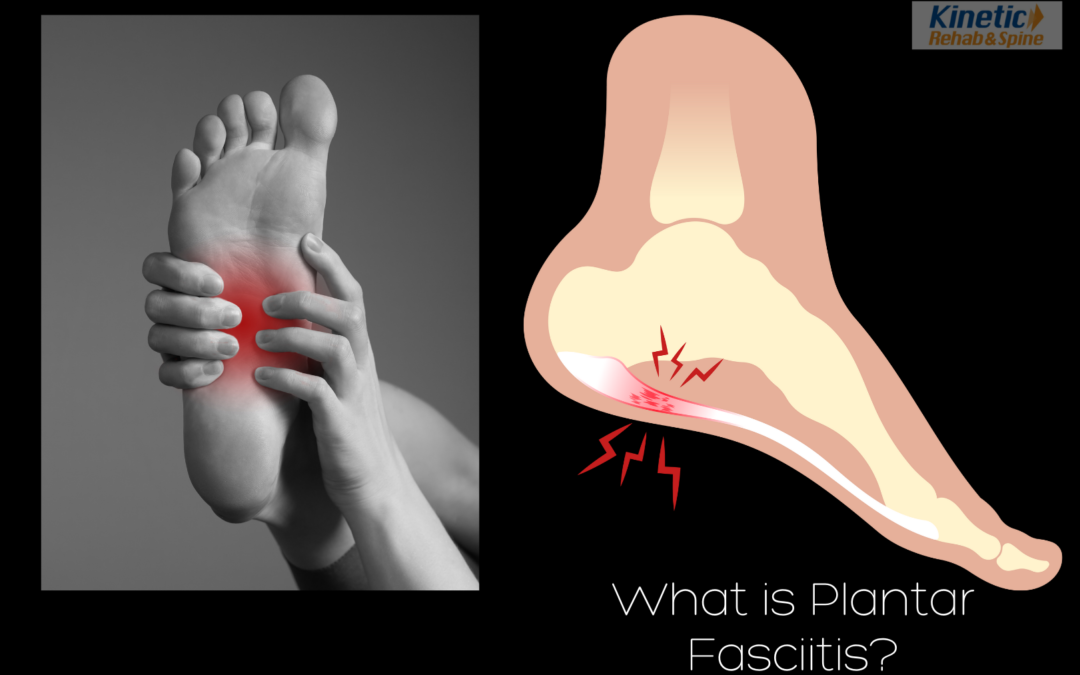Understanding Plantar Fasciitis: Causes, Symptoms, and Effective Treatments
Plantar fasciitis can be a debilitating condition, impacting daily activities and causing considerable discomfort. In this blog post, we will delve into the causes of plantar fasciitis, explore its symptoms, and discuss effective treatment options, including physical therapy and shockwave therapy. Discover how Kinetic Rehab and Spine has successfully treated plantar fasciitis, providing relief to individuals seeking to regain their mobility and live pain-free.
Unraveling the Causes of Plantar Fasciitis
Plantar fasciitis, a common foot condition, occurs when the thick band of tissue (plantar fascia) that connects the heel bone to the toes becomes inflamed. Several factors can contribute to the development of plantar fasciitis:
- Overuse or High-Impact Activities:
- Continuous stress on the feet, especially from activities like running or dancing, can strain the plantar fascia, leading to inflammation.
- Improper Footwear:
- Wearing shoes with inadequate support or an improper fit can contribute to the development of plantar fasciitis.
- Biomechanical Issues:
- Abnormalities in foot structure or mechanics, such as flat feet or high arches, can increase the risk of plantar fasciitis.
- Age and Weight:
- Plantar fasciitis is more common in middle-aged individuals and those who are overweight, as excess weight can put additional stress on the feet.
Recognizing the Symptoms of Plantar Fasciitis
Individuals with plantar fasciitis may experience the following symptoms:
- Heel Pain:
- Sharp or stabbing pain, typically felt near the heel, is a hallmark symptom of plantar fasciitis. Pain is often most intense with the first steps in the morning.
- Foot Discomfort:
- Aching or burning sensations along the bottom of the foot, extending from the heel to the toes.
- Stiffness:
- Stiffness in the foot, especially after periods of rest or inactivity.
Treatment Approaches: Physical Therapy and Shockwave Therapy
- Physical Therapy:
- Physical therapy plays a crucial role in treating plantar fasciitis by addressing muscle imbalances, improving flexibility, and enhancing overall foot function. Therapeutic exercises, stretches, and manual techniques can help alleviate symptoms and prevent recurrence.
- Shockwave Therapy:
- Shockwave therapy is a non-invasive treatment that utilizes acoustic waves to stimulate healing in the affected tissues. This innovative approach can effectively reduce pain, inflammation, and promote the regeneration of damaged tissue.
Success Stories at Kinetic Rehab and Spine
At Kinetic Rehab and Spine, our experienced team has successfully treated numerous cases of plantar fasciitis, providing personalized and effective care to our patients. Our integrated approach, combining physical therapy and shockwave therapy, has yielded positive outcomes, allowing individuals to experience lasting relief and regain their quality of life.
Conclusion
Plantar fasciitis can be a challenging condition, but with the right treatment approach, relief is possible. At Kinetic Rehab and Spine, we are committed to helping individuals overcome the discomfort of plantar fasciitis and achieve lasting results. Contact us today to learn more about our comprehensive treatment options and take the first step towards a pain-free and active lifestyle. Contact us today to start your healing process! https://kineticrehabspine.com/contact-us/



